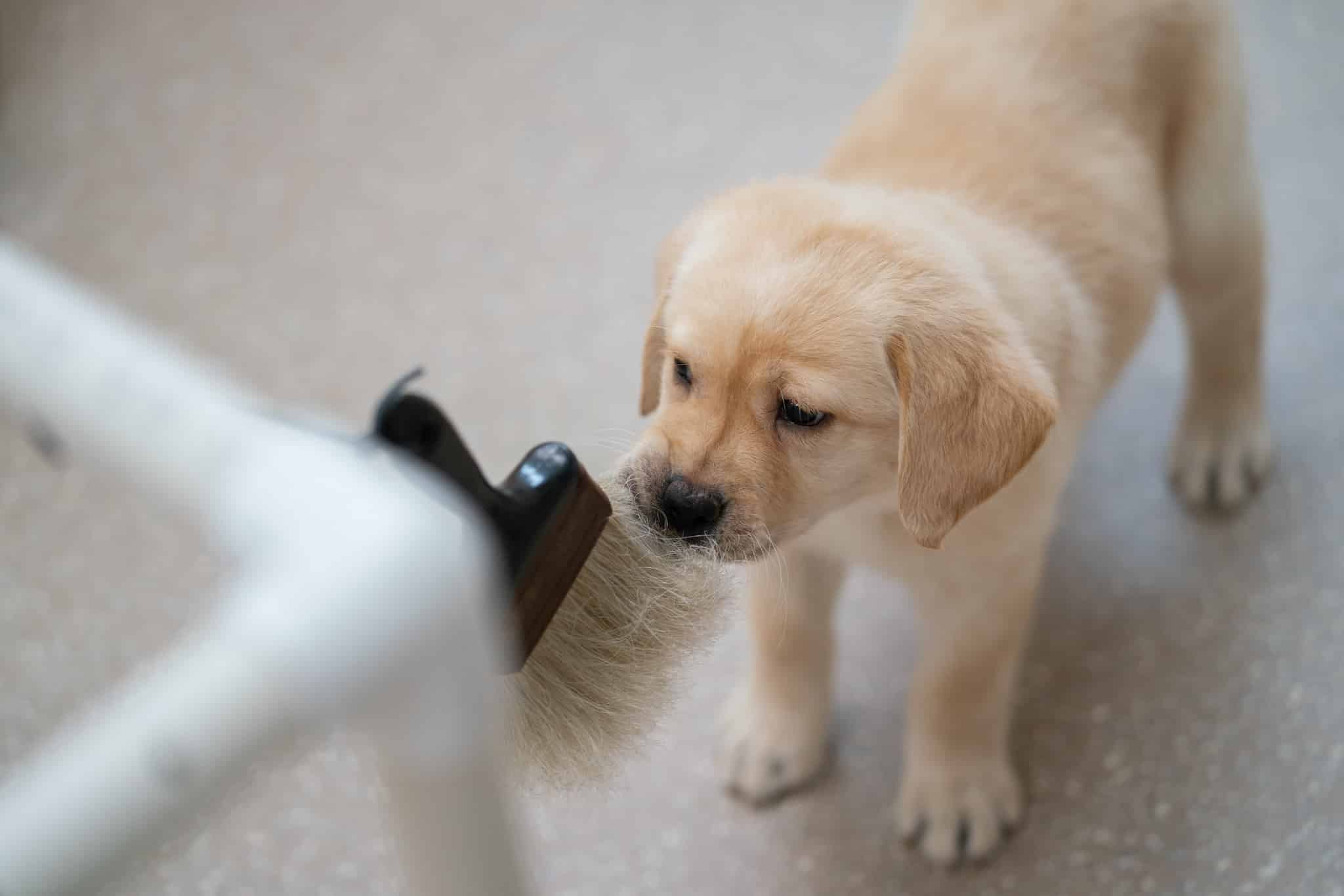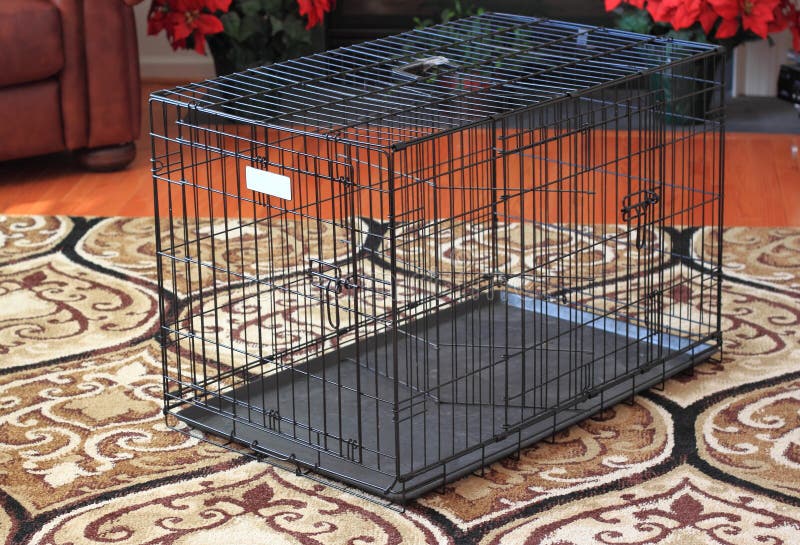
Introducing the Crate and Establishing a Routine: A Complete Guide to Crate Training Your Puppy
When you’re training a new dog, one of the first steps toward success is introducing a crate and establishing a reliable daily routine. The crate training process not only helps with housebreaking but also creates a safe, structured environment that promotes emotional security and prevents destructive behaviors.
Done properly, crate training a puppy can also reduce separation anxiety and help your dog grow into a well-adjusted adult. This guide will walk you through every step of the process—gently and gradually—so your puppy learns to see the crate as a calm, welcoming retreat.
Why Use a Dog Crate?
Dog crates offer a confined, comfortable space where a puppy can nap, sleep, and take breaks during the day. Contrary to common misconceptions, crates are not used for punishment. Instead, they’re used as a tool for structure and support.
When introduced properly, a crate becomes a safe space where a puppy can feel at ease. A crate also becomes a natural support system for potty training, and it’s a great way to protect your puppy from dangerous behaviors when you can’t supervise—like chewing cords, eating non-food items, or climbing on furniture.

Building Confidence Through Structure
Crate training a puppy helps prevent inappropriate behaviors and builds puppy confidence by setting clear boundaries. Too much freedom too early can result in accidents, frustration, and confusion. When puppies are given too much space too soon, it sets them up for failure—and often increases their stress levels.
By giving your puppy plenty of room to lie down, stand, and turn around, you’re reinforcing their natural instincts to keep their own space clean, while reducing the chances of potty accidents or destructive behavior.
How to Choose the Right Puppy Crate
When selecting the right crate, size matters. A crate should be just large enough for your puppy to stand, lie down, and turn around comfortably. If it’s too large, the puppy may choose one side to sleep and the other to go to the bathroom—defeating some of its purpose.
Many wire crates come with adjustable dividers, so you can expand the usable space as your puppy grows. Alternatively, you can purchase a crate for their expected adult size and use a barrier to block off excess space in the early months. The goal is to keep the crate snug, but not cramped.

Gradual Crate Training: Setting the Right Tone
When it comes to crate training a puppy, the key is consistency and gradual exposure. You want your puppy to associate the crate with safety, rest, and positive experiences—not isolation or punishment.
Here are steps to introduce your puppy to the crate in a positive, low-pressure way:
1. Make the Crate Part of Daily Life
Place the crate in a room where you or your family spends a lot of time—such as the kitchen, family room, or your bedroom. Let your puppy observe the crate as part of their environment before expecting them to use it.
Leave the door open so the puppy can explore it voluntarily. Dogs are den animals—over time, you may notice your pup is perfectly content to lie down in the crate even without being told.
2. Use Meals and Treats to Create Positive Associations
Feeding your puppy regular meals inside the crate is one of the best ways to make it feel like a happy place. Begin by placing the food dish inside and saying “KENNEL IN” as the puppy walks in. Once your puppy gets used to this, try saying “KENNEL IN” before placing the food bowl inside, encouraging them to go in on cue.
Play a crate game using treats: toss a treat into the crate and say “KENNEL IN.” As your puppy gets excited and responsive, delay tossing the treat until they’ve entered the crate on their own. Gradually increase your distance from the crate to build a strong recall to the cue.
You can also offer a favorite toy, like a food-stuffed rubber Kong, that your puppy only gets when inside the crate. This increases the crate’s appeal and provides mental stimulation.
3. Create a Routine from Day One
When you bring your new puppy home, start using the crate immediately. Have them take their first nap in the crate, eat their first meal there, and spend the first night sleeping inside it.
During the day, young puppies should not be crated for more than 3–4 hours at a time without a potty break and play session. Puppies need frequent chances for relief, exercise, and socialization with other dogs and family members.
Use the crate when you leave the house, but also for short periods throughout the day—even when you’re home. This helps the puppy learn that being in the crate is part of their normal routine and not just a sign that you’re leaving, avoiding negative associations.
Reducing Separation Anxiety During Crate Time
Puppies often experience separation anxiety when first learning to spend time alone. The crate can help ease that anxiety, but it’s important to proceed with sensitivity.
At first, stay near the crate while your puppy is inside. If you hear your puppy cry, offer a calm, verbal reassurance like, “I’m right here, puppy. Settle down.” Once they stop crying—even for a moment—open the crate and let them out. Repeat this practice in short periods several times a day. This can help prevent separation anxiety.
Your goal is to reinforce quiet behavior, not whining or barking. Eventually, your puppy will learn that calmness is what gets rewarded.

Controlled Exits and Door Manners
Part of crate training includes teaching your puppy how to exit the crate calmly. Start by asking your puppy to “STAY” as you slowly open the crate door. If they try to bolt out, gently close the door and try again. Repeat this process until you can fully open the door without them rushing out.
Once your puppy sits quietly and waits calmly, say “OUT” and let them exit. This builds impulse control and teaches them to wait for your signal before leaving the crate.
Long-Term Crate Benefits
Once fully crate trained, your puppy will likely seek out the crate on their own when they’re tired, overstimulated, or simply need a break. The crate becomes a safe zone—a familiar place of rest in a sometimes chaotic world.
It also makes life on dog owners a lot easier. Travel, vet visits, and grooming appointments less stressful, since your dog will already be used to spending time in a confined space without fear.
Final Thoughts on Training a Puppy With a Crate
Crate training is one of the most effective tools for training a puppy, especially when it’s introduced with patience and consistency. A crate provides structure, helps with house training, and can significantly ease separation anxiety when used thoughtfully.
The key is to make the crate a positive place, never a punishment. With the right approach, your puppy will grow to love their crate—and you’ll have a reliable tool to support their development into a confident, well-behaved companion.

